Fujieda – Shizuoka, Organic tea gardens in Japan
During our stay in Japan we organized (Dina) a visit to Shizuoka prefecture, to an organic tea farm in Fujieda. Fujieda is a small place south of Tokyo, with population of about 170k people.
Our host Tamiko picked us up on the main train station in Fujieda, and together with another curious soul from Canada we started our tour. Tamiko took us to one of their tea fields which is about 20 minutes away from the train station and into the mountains.
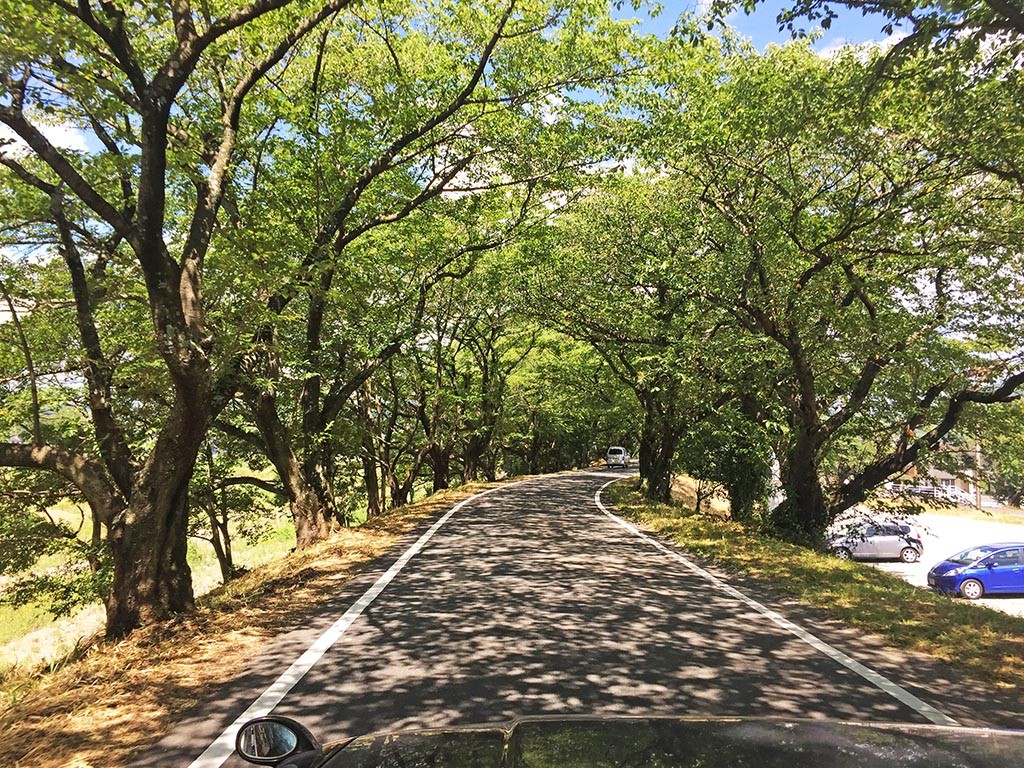
Japan is generally very hilly so wherever you look you will see some hills or mountains. Tea fields are located on the hill steeps, similar to our vineyards in hilly parts of Croatia. But on the way to our hosts fields we were passing through narrow hilly roads and through several bamboo forests. It was awesome! A load of proper, big, thick bamboo trees around me. That giant panda in me got excited. 🙂
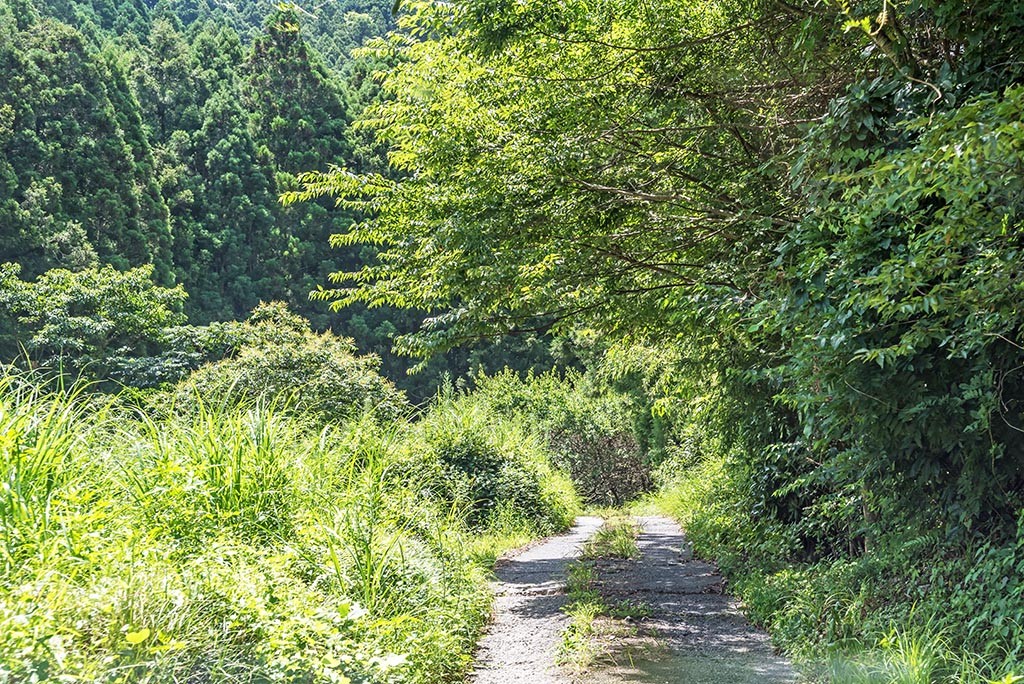
But, my excitement is not appreciated in Japan. Apparently, that thick and fast growing bamboo is actually imported from China. It is very invasive and it grows faster than the Japanese one and it’s hard to control. It was planted years back for a production of bamboo shots, as apparently Chinese bamboo tastes way better and grows faster than the Japanese one, but it is of a way lower quality when it comes to big and fully grown bamboo trees. Technically it is a parasite and Japanese farmers have an issue with it.
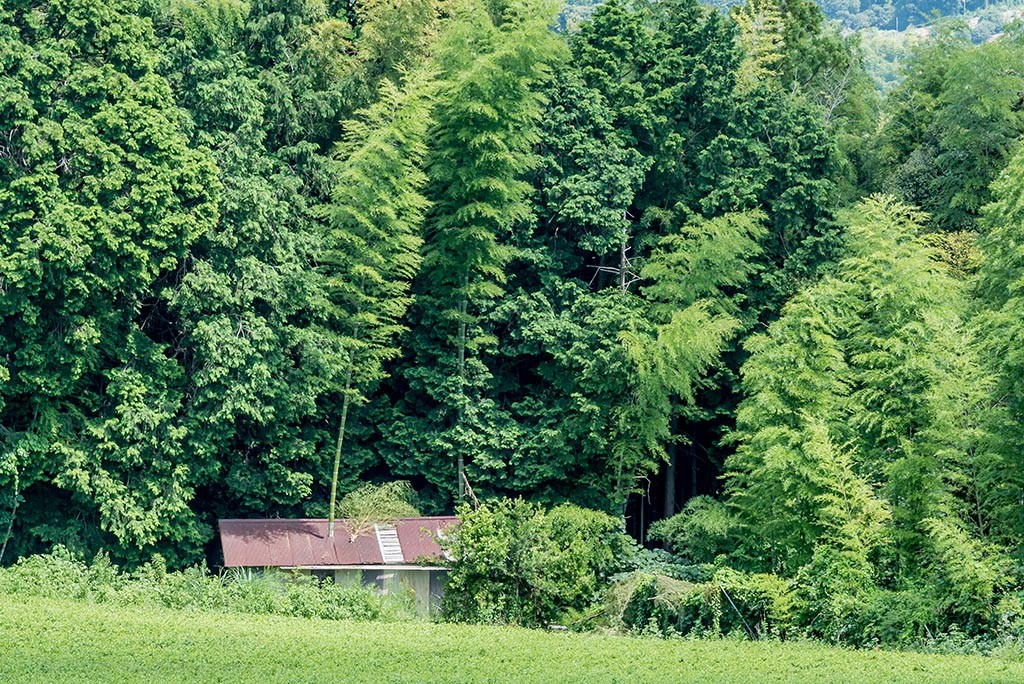
I don’t. 😀 I’d still like to get a few trees and make everything out of them. 🙂
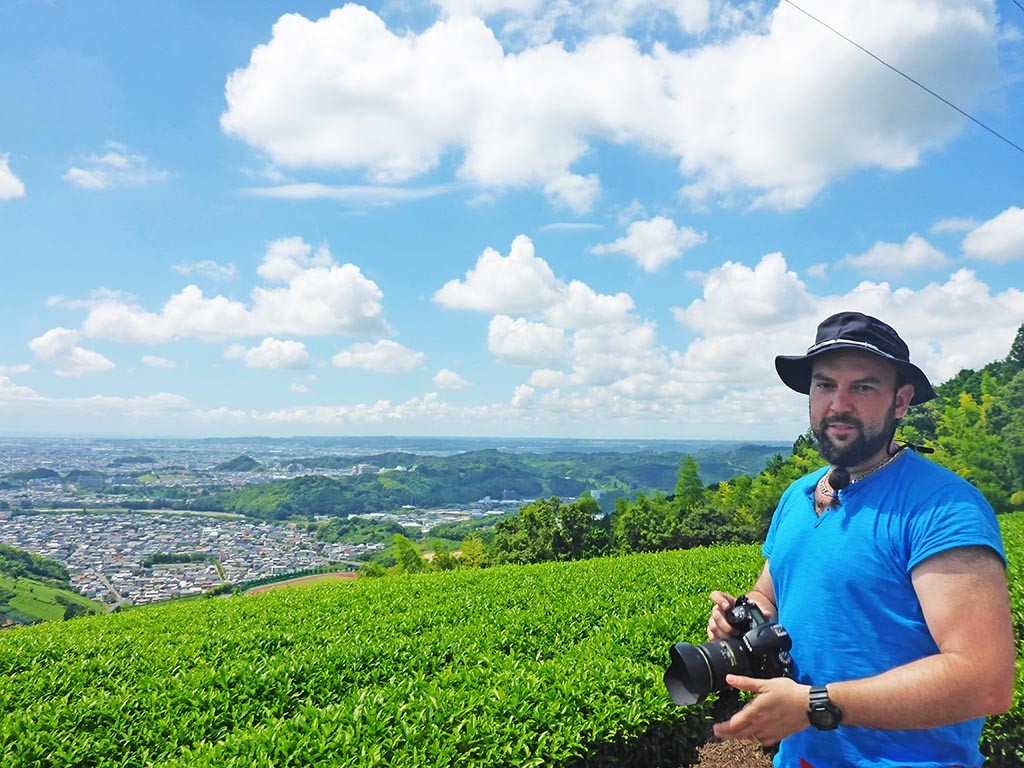
Since our hosts work and produce organic tea for the past 40 years, they have to work harder than the other tea makers around. That means, during the whole summer they need to weed the tea bushes, and keep them nice and weed free. Since this farm is in WWOOFing program (program where you can work for food and accommodation on the farm, so you can stay “for free” but you have to work hard on the farm) there was one American lady, and one guy from some Nordic country, and two locals weeding the tea on a lovely day and in 32 degrees. We had a break together where we learned a bit how and why the process is done. Tea can be harvested 2-3 times in a year, and depending of the location and circumstances they get different tea quality and different tea tastes.
We’ve also witnessed recently abandoned tea fields, as agriculture is heavy and not very profitable even in Japan.
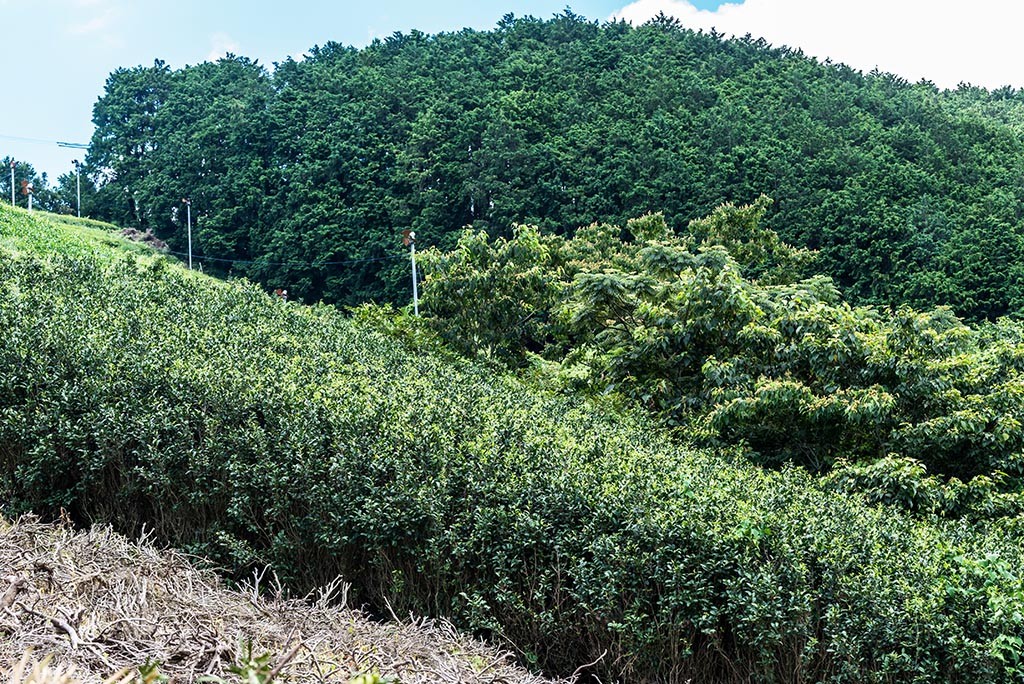
We got a tin of a home made iced green tea from the farm.
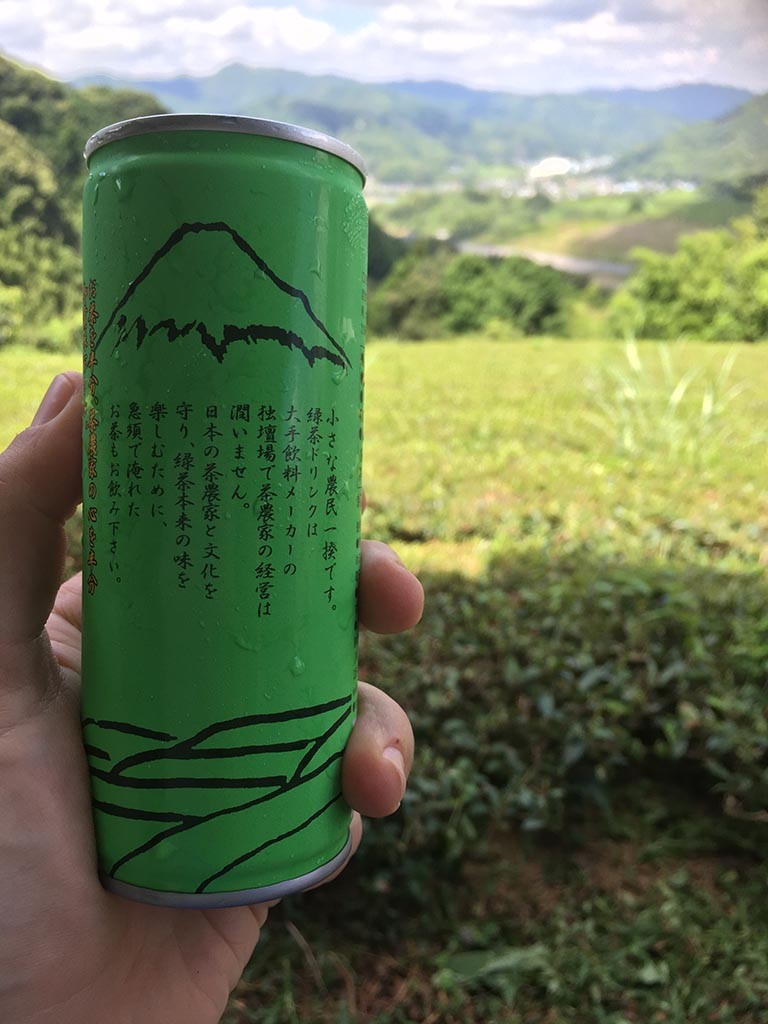
One funny thing happened here. American lady is practising Kendo back in US, and she bought a Kendo bandage that she used to cover her head from sun during work in the tea field. She untied that bandage with certain Japanese text and asked locals what does it mean. Four of them tried to find the meaning and in the end they agreed it has something to do with fighting and love but they were not able to tell us exactly what is the point of the text. I guess, that’s what happens when you buy any kind of souvenir or God forbid, you do a Chinese or Japanese tattoo elsewhere than in mentioned countries. 🙂
After the break we went for a ride across the hills towards the second tea field that has the same bushes but a different tea taste because of it’s location.
We took a few photos there and then we headed to their farm HQ – home. There we’ve seen the relatively newly built small factory for black tea production, and then their traditional Japanese home. Hard workers joined us for lunch and showed us around the house. As our “American host” told us, it is the most traditional modern house in Japan that she has seen during her stay in Japan.
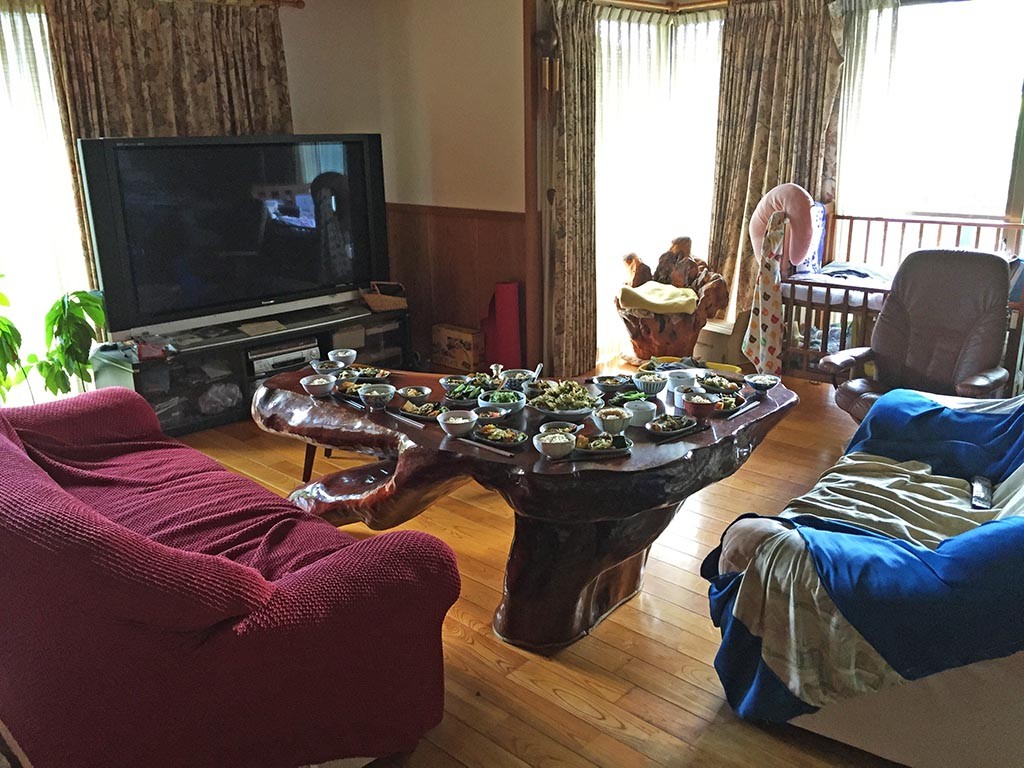
We had a lovely lunch together, traditional Japanese, with loads of vegetables and rice. And some iced tea, of course. 🙂
Our hosts wanted to know why we decided to visit Japan, what are our interests in tea, how is tea consumed in our countries, what we are doing and how do we like Japan so far. After that, the head of the house told us a story how everything started, how he decided to live in the nature and with the nature and produce organic tea. We’ve also heard sad stories about other, neighbouring farmers using pesticides and unintentionally polluting some of their fields, as well as about a big issues they all had after the Fukushima accident back in 2011. Even though radiation was apparently not spread towards the south, that seems not to be very true, and there were a few batches of tea that had to be destroyed as they were not according to organic standards.
We’ve also heard a story about old samurai making rice with ducks living in the rice field. Apparently, old Japanese samurai figured out that ducks in the rice field will eat all the worms and weed, but will not eat the rice. So you have a double pleasure. You own ducks which work for you, and later on you get organic rice (and duck… 🙂 ). Well, our host decided to try the old samurai way, and they have a couple of rice fields with ducks living in there. 🙂
We’ve then moved to the next room for tea tasting while majority of our hosts returned back to the fields.
We tasted two different green teas, one which is produced in a way that tea plants are shaded for 20 days before the harvesting, and regular one. (***** Tea names here)
The difference is so big that it feels like you are drinking two different drinks, not the same thing from a same plant.
After almost three hours with our hosts it was time to leave their home, and ride towards the main train station. Just in front of the house there are two rice fields, and one of the ducks escaped the rice field, so our host had to stop for a while and chase the duck. Was fun. 🙂
Tamiko took us on a longer ride towards the station, across the hills of Fujieda to show us a few more things and a special tea field. Along the way we stopped to take a photo of a huge sculpture that is carved in the rock. It represents the God of fire and agriculture, and was craved by local artists in the past, believing that it will protect fields and area from fire and will make fields fertile. Apparently, that was a regular thing in the Japanese villages and there are many such places around Japan. Fascinating, there’s no sign or any place to park and make money out of it. It looks abandoned and we saw it only because we were with locals. 🙂
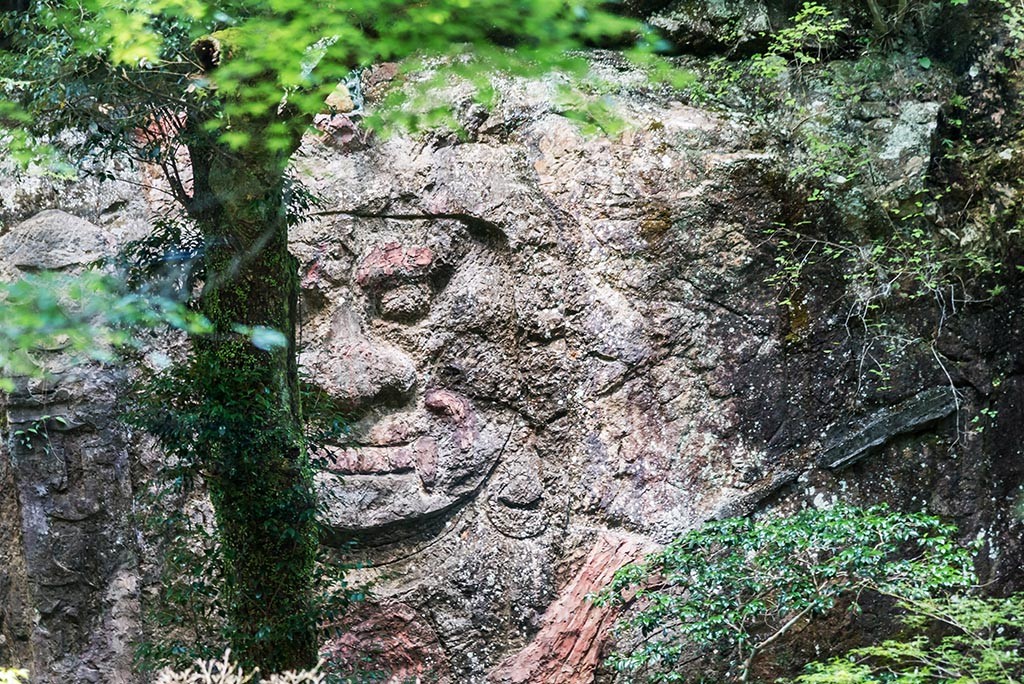
Then we continued our ride around the hills of Fujieda untill we reached that special tea field. It’s special due to the fact that it holds a big 300 years old tea bush. 🙂

And I had to try how it feels to work in the tea fields. 🙂 As you can see, I’m elegant and I could hide very well here. Like in the joke where elephant is hiding in the strawberry field. 🙂
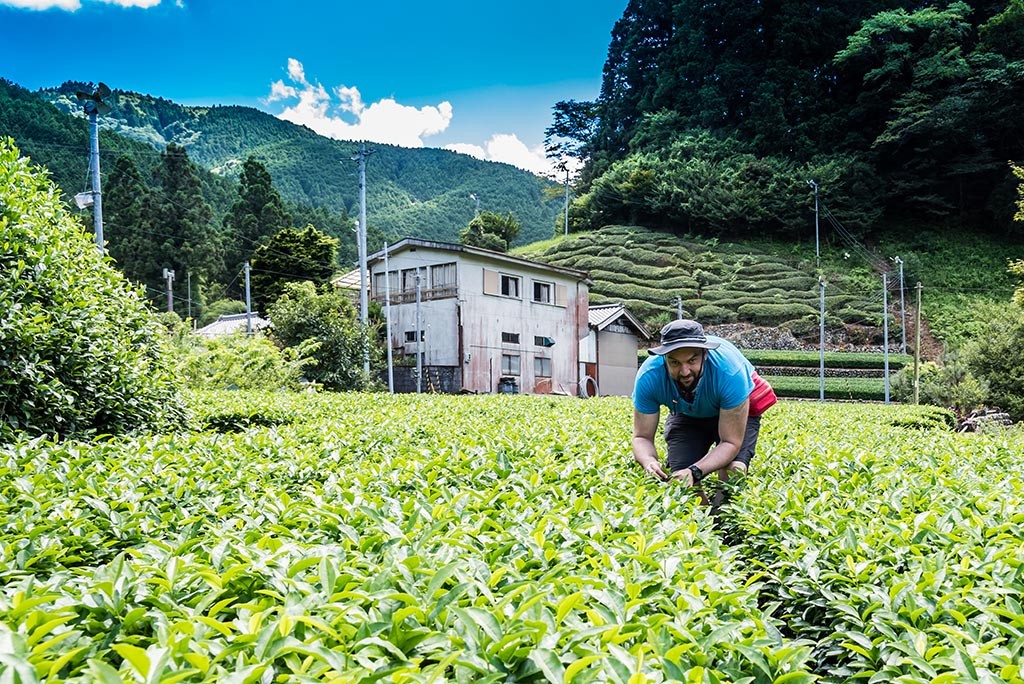
We then tried to get a local matcha ice cream, but for some unknown reason that particular place was closed, and that meant that we are good to go. Tamiko dropped us at the Fujieda train station, where we took our train towards Kyoto.
If this blog post ever ends up on Tamiko’s and Ayumi’s screens, I’d like to thank them for one of the best experiences we had in Japan. Experiencing how locals live outside of high-tech business and super fast Tokyo, and seeing that farming in highly developed Japan or at my family’s farm in Istria does not look any different at all was quite a thing that was on my mind for some time.
In case that you plan your trip to Japan, I’d definitely recommend you to stop here, or even better try to organize yourself to stay at the farm through the WWOOFing service. 🙂
All in all, if that would be the only great thing that we experienced in Japan, I’d say it was the best day ever. But we had at least five or six days like this, and I still can’t decide what was “the best”.
Do I really have to?
Till the next one…
Kisses,
Balky
🙂
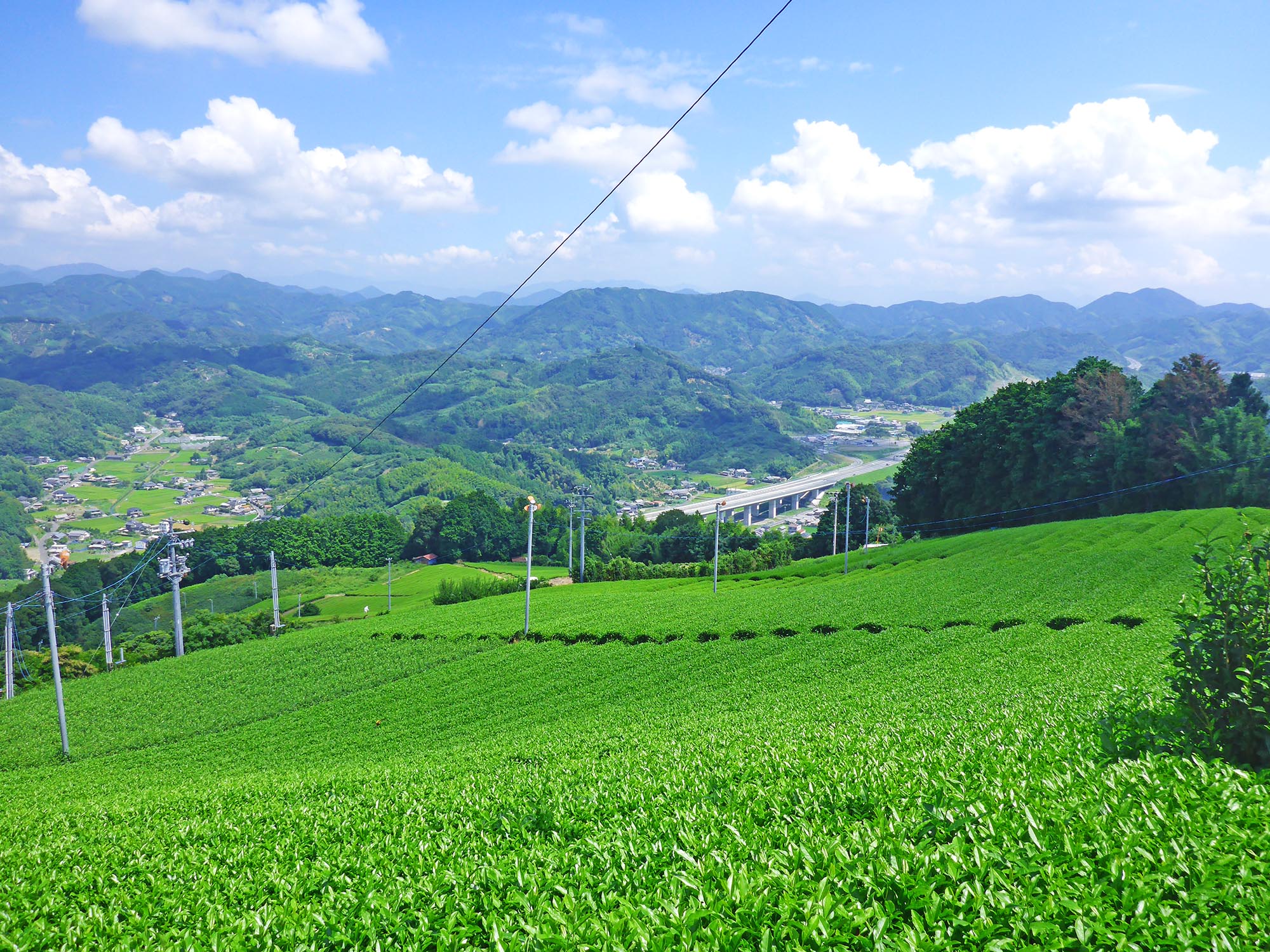
You must be logged in to post a comment.